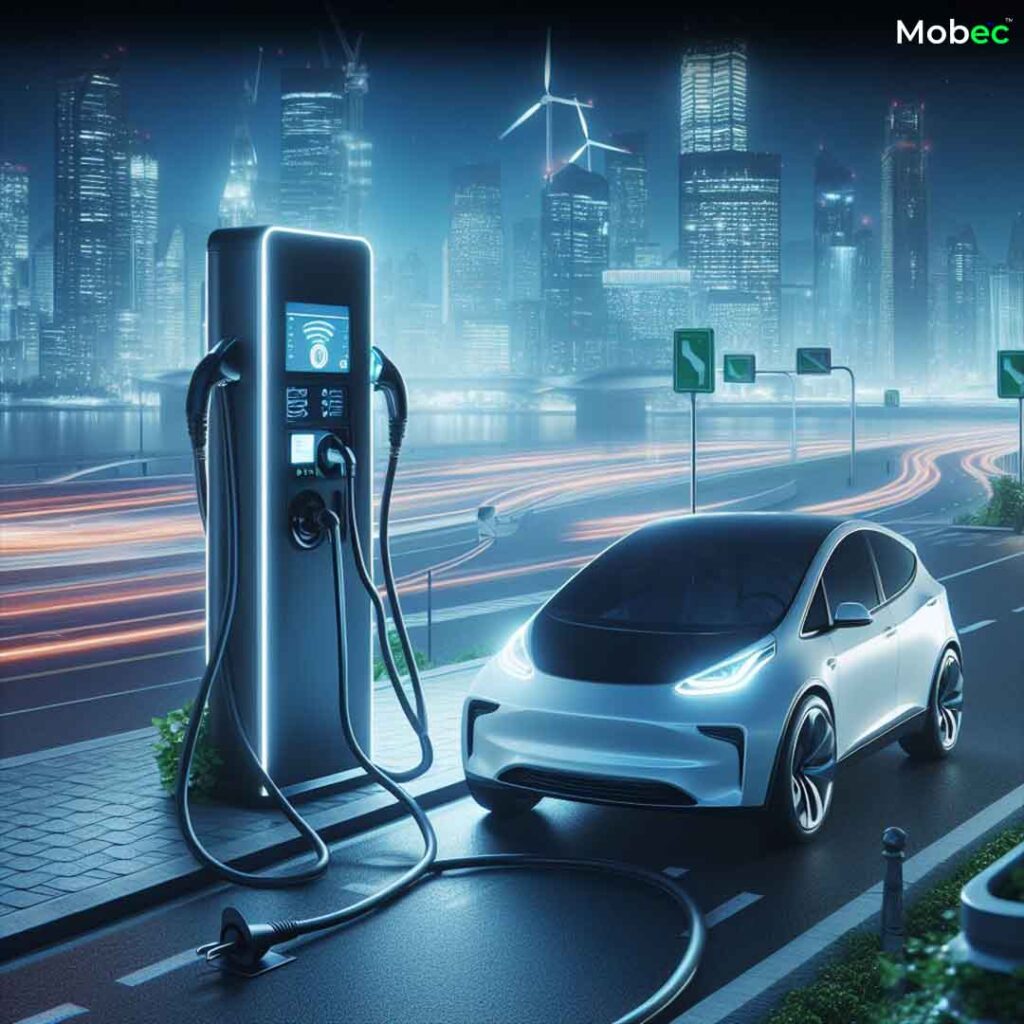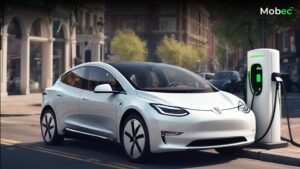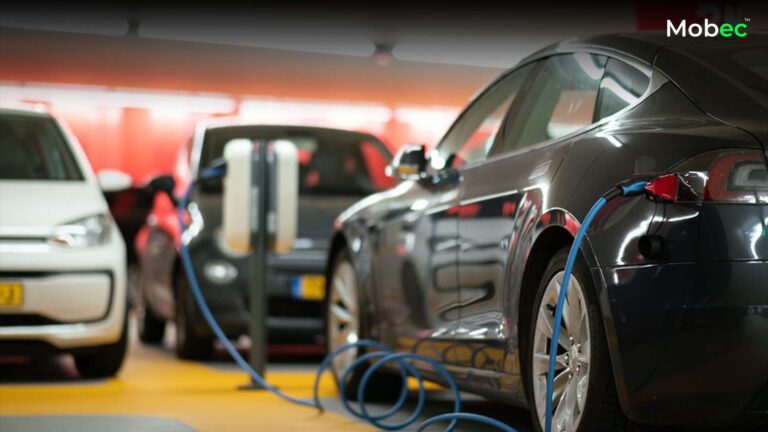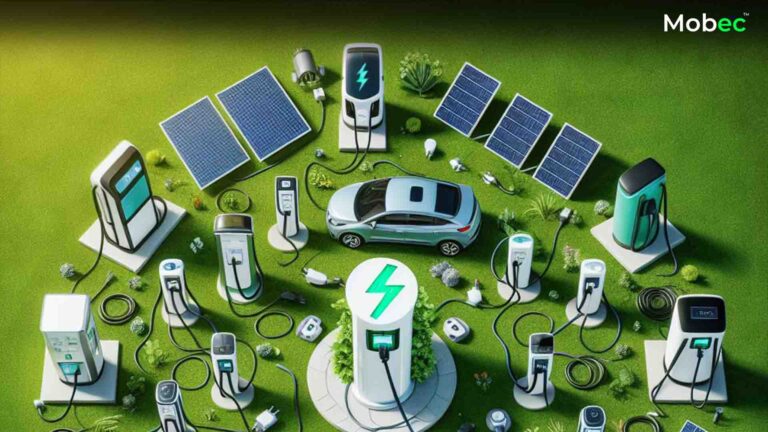As the world accelerates towards a sustainable future, the electrification of transportation plays a pivotal role in reducing our carbon footprint. Electric vehicles (EVs) are becoming increasingly popular, and with this surge comes the need for efficient and accessible charging infrastructure. In this blog, we will explore the importance of charging station for electric car owners and how maximizing their benefits can contribute to a cleaner and more sustainable future.
The Rise of Electric Vehicles:

The automotive industry is undergoing a significant transformation with the rise of electric vehicles. Advancements in technology, environmental concerns, and government incentives have all played crucial roles in encouraging consumers to make the switch to electric cars. As more EVs hit the roads, the demand for charging infrastructure has become more pronounced.
The Environmental Imperative:
One of the primary motivations behind the shift to electric vehicles is the environmental imperative to reduce greenhouse gas emissions. Internal combustion engine vehicles contribute significantly to air pollution and climate change. Electric cars, on the other hand, produce zero tailpipe emissions. However, to truly maximize their environmental benefits, EVs need a charging infrastructure that supports their widespread adoption.
The Role of Charging Station for Electric Cars:

A. Accessibility and Convenience:
Charging stations for electric cars are the backbone of the EV ecosystem. They provide the necessary infrastructure to recharge electric vehicle batteries, extending the range and usability of these vehicles. Maximizing the benefits of charging stations starts with ensuring their accessibility and convenience for electric car owners.
- Urban Planning and Infrastructure Development:
Cities and communities must prioritize the integration of charging stations into urban planning and infrastructure development. Strategic placement of recharging points in public spaces, parking lots, and residential areas encourages electric car adoption by providing easy access for users. Government incentives and regulations can also play a pivotal role in promoting the installation of charging infrastructure.
- Fast-Charging Technology:
The evolution of charging technology, particularly fast-charging stations, is a game-changer for electric car owners. Fast-charging stations can recharge a significant portion of an EV’s battery in a short amount of time, making long-distance travel more feasible. Maximizing the benefits of recharging points involves investing in and promoting the widespread adoption of fast-charging technology.
B. Range Anxiety Mitigation:
One of the common concerns among potential electric car owners is range anxiety—the fear of running out of battery power before reaching a charging station. Addressing this concern is essential for maximizing the adoption of electric vehicles.
- Increasing Charging Station Density:
To alleviate range anxiety, it’s crucial to increase the density of charging stations, especially along highways and in rural areas. This approach ensures that electric car owners can find a recharging point conveniently, reducing the fear of being stranded with a depleted battery.
- Smart Charging Infrastructure:
The integration of smart technology in charging stations can further enhance the electric car ownership experience. Smart charging infrastructure allows users to check the availability of charging stations in real-time, reserve charging slots, and receive notifications when their vehicle is fully charged. This not only adds convenience for users but also optimizes the utilization of charging stations.
Economic Incentives and Affordability:

A. Government Subsidies and Incentives:
Governments around the world recognize the importance of electric vehicles in achieving sustainability goals. To maximize the benefits of charging stations, policymakers must continue to offer subsidies and incentives for the installation of charging infrastructure.
- Tax Credits for Charging Station Installation:
Providing tax credits for businesses and individuals investing in charging station installation can significantly spur the growth of charging infrastructure. These incentives not only encourage private entities to participate but also make it financially viable for businesses to expand their charging networks.
- Public-Private Partnerships:
Collaboration between the public and private sectors is instrumental in maximizing the benefits of charging stations. Public-private partnerships can facilitate the deployment of charging infrastructure by leveraging government support and private sector efficiency.
B. Affordability for All:
While the cost of electric vehicles has been decreasing, charging infrastructure must also be affordable and accessible to a diverse range of users. Maximizing the benefits of charging stations involves addressing economic disparities to ensure that the benefits of sustainable transportation are not limited to a specific demographic.
- Incentives for Low-Income Communities:
Targeted incentives for installing charging stations in low-income communities can help bridge the economic gap in electric vehicle adoption. This approach promotes social equity by ensuring that all segments of the population have access to clean and sustainable transportation options.
- Affordable Home Charging Solutions:
Many electric car owners prefer to charge their vehicles at home, especially overnight. Promoting affordable home charging solutions, such as subsidized home charging stations or rebates for home charging installations, can further encourage widespread electric vehicle adoption.
Sustainability and Renewable Energy Integration:
A. Green Energy for Charging Stations:
To truly maximize the environmental benefits of electric vehicles, it is imperative to power charging stations with renewable energy sources. Green energy solutions, such as solar and wind power, can be integrated into charging infrastructure to reduce the overall carbon footprint of electric vehicle charging.
- Solar-Powered Charging Stations:
Solar panels can be installed on or near charging stations to harness the power of the sun for EV charging. This not only reduces the environmental impact but also ensures a more sustainable and resilient charging infrastructure.
- Wind-Powered Charging Solutions:
Wind turbines can be strategically placed to generate electricity for charging stations. Wind-powered solutions contribute to the overall sustainability of electric vehicle charging while taking advantage of renewable energy sources.
B. Energy Storage and Grid Integration:
Maximizing the benefits of charging stations involves addressing the intermittent nature of renewable energy sources. Energy storage solutions, such as batteries, can be integrated into recharging points to store excess energy during periods of high renewable energy production. This stored energy can then be used during times of low production or high demand, providing a more stable and reliable charging infrastructure.
- Grid Integration and Smart Charging:
Smart grid technologies enable better integration of charging stations with the electrical grid. By using real-time data and predictive analytics, charging stations can optimize energy usage, reduce peak demand on the grid, and enhance overall efficiency. Smart charging also allows for the prioritization of renewable energy sources when available.
The Future of Charging Stations:
A. Autonomous and Electric Fleet Integration:
The future of charging stations extends beyond individual electric car owners. With the rise of autonomous vehicles and electric fleets, charging infrastructure must adapt to accommodate these evolving transportation models.
- Charging Infrastructure for Fleets:
Businesses and organizations transitioning to electric fleets require dedicated charging infrastructure. This may include fast-charging stations strategically located at depots or along routes commonly used by electric fleets. Efficient charging solutions for fleets are essential for maximizing the economic and environmental benefits of large-scale electric vehicle adoption.
- Autonomous Vehicle Charging Hubs:
As autonomous vehicles become more prevalent, charging hubs specifically designed for these vehicles will play a crucial role. These hubs can incorporate advanced technology, such as robotic charging arms, to autonomously connect and disconnect vehicles from charging stations, optimizing charging efficiency.
B. Technological Innovations:
The ongoing development of new technologies is a driving force behind the evolution of charging stations. Maximizing their benefits requires staying at the forefront of these innovations.
- Wireless Charging:
Wireless charging technology eliminates the need for physical cables, providing a more convenient and user-friendly charging experience. Maximizing the benefits of charging stations involves investing in and adopting wireless charging technology to make electric vehicle charging even more seamless.
- Energy Transfer Technologies:
Emerging technologies, such as vehicle-to-grid (V2G) and bidirectional charging, enable electric vehicles to not only draw power from the grid but also return excess energy back to it. These advancements contribute to a more dynamic and interactive energy ecosystem, maximizing the overall efficiency of electric vehicle charging infrastructure.
Conclusion:
Maximizing the benefits of charging stations for electric car owners is integral to accelerating the transition to sustainable transportation. The collaborative efforts of governments, businesses, and communities are essential in building an accessible, affordable, and environmentally friendly charging infrastructure. By addressing key challenges such as range anxiety, economic disparities, and environmental sustainability, we can create a future where electric vehicles are not only a viable option but the preferred choice for conscientious consumers. As technology continues to advance, and as our understanding of sustainable practices deepens, the potential for charging stations to revolutionize the way we power our vehicles becomes even more promising. The journey towards a greener future starts with maximizing the benefits of charging stations, one charge at a time.





















[…] to the specific charging needs and preferences of electric vehicle owners. The deployment of public charging stations promotes the accessibility and visibility of electric vehicle charging infrastructure, encouraging […]